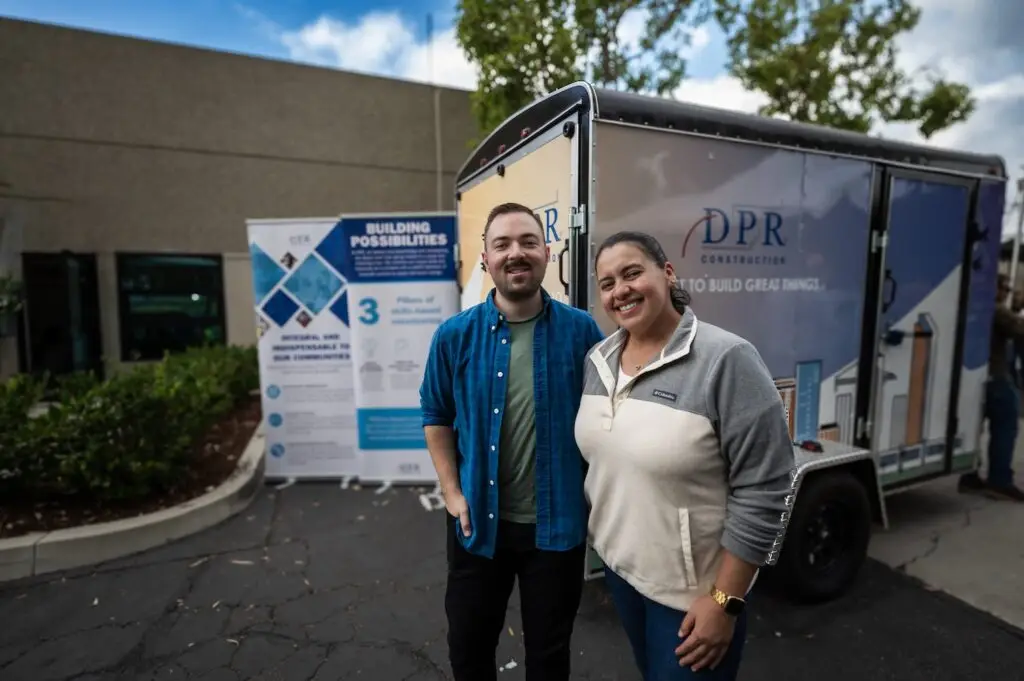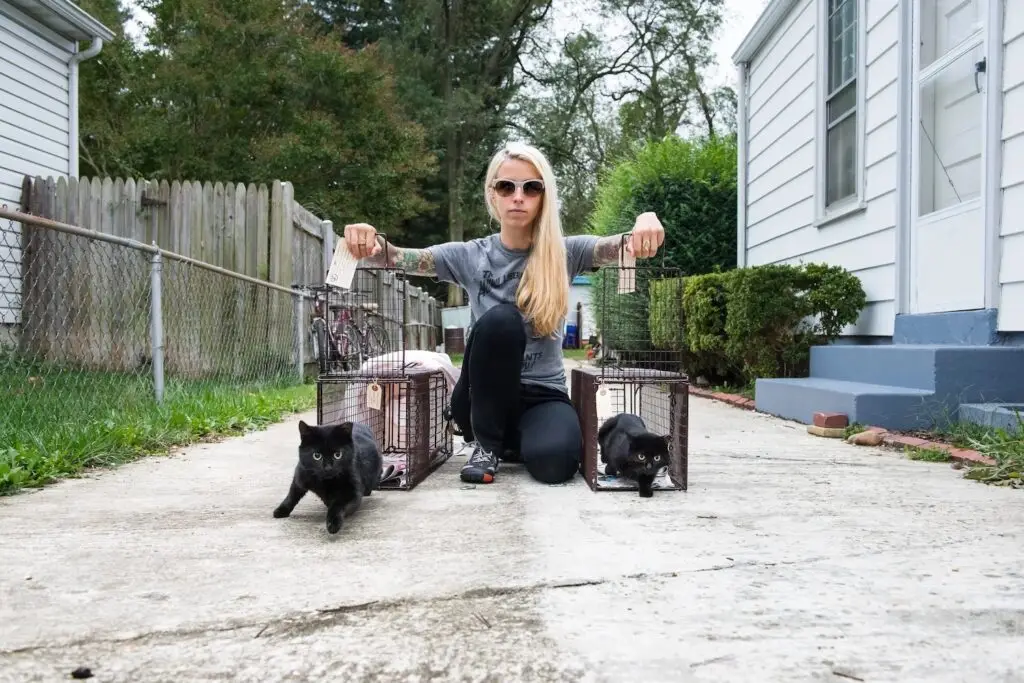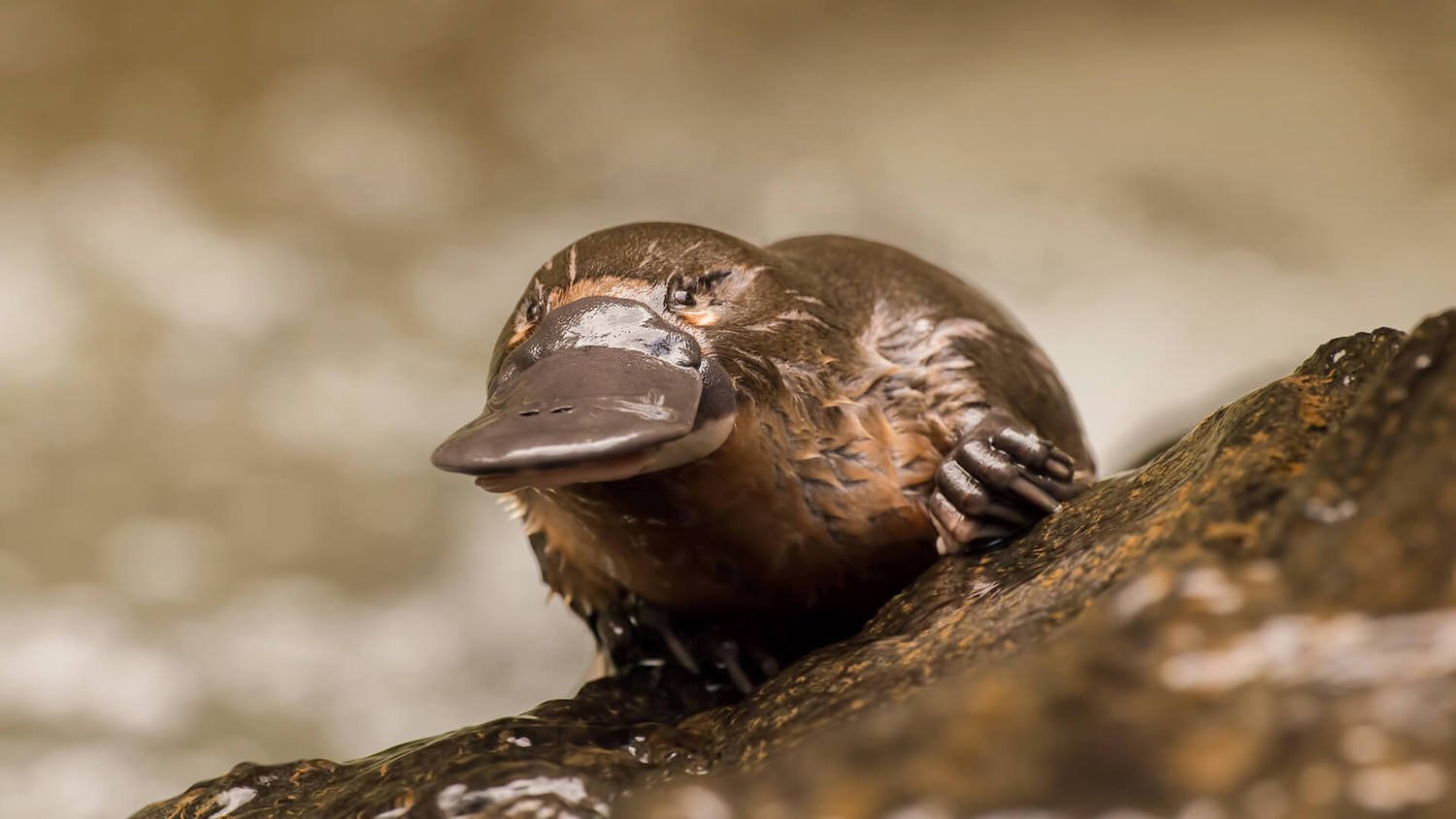“[Platypuses] are all kinds of wrong,” says Hendrik Nollens, vice president of Wildlife Health with San Diego Zoo Wildlife Alliance. “They’re a mammal, they lay eggs, they have a mouth that looks like the bill of a duck, the males are venomous…” Still, watching the Frankensteined critters—the only two in the world outside of Australia—dart around the water in their home at the San Diego Zoo Safari Park feels, well, all kinds of right.
But with the honor of housing the compellingly strange little creatures comes responsibility. In collaboration with the newly opened Platypus Rescue HQ at Taronga Zoo in Dubbo, Australia, the San Diego Zoo Safari Park is helping the tiny species of mixed-up beaver wannabes face up to threats like habitat loss, drought, fire, and extreme heat without going extinct. Among other things, that means carefully collecting data on our pair—Eve and Birrarung—and relaying it back to HQ over monthly Zooms.
“Our goal is to find out which conditions platypus[es] thrive, survive, and reproduce [in],” Nollens says.
The Safari Park platypus habitat, for its part, is a dimly lit aquarium with mud slopes, burrows, and waterfalls. “People get surprised by how small they are,” says Shawn Sleeper, senior wildlife care specialist. “And [how] bizarre.”
“They are truly a mix of species, like a turducken,” Nollens adds. The platypus is a monotreme, a mammal that lays eggs. Like a bird or lizard, it has a cloaca, a one-stop-shop hole for reproduction and excretions, yet it also has fur. Its feet are webbed. It glows under UV light, and instead of using vision to hunt, it relies on the shark-like electroreceptors in its bill. Its thick tail is akin to a pantry, storing 40 percent of its body fat for lean times. The only things it doesn’t have, it seems, are a stomach and teeth. It chews using keratin lumps that look like miniature sand dunes, then sends the food straight to its intestines.
While the science is clear on how weird platypuses are, it’s less clear on how to get them to produce successful offspring. Since 1947, only 23 puggles (the adorable name for a baby platypus) have been born in captivity. “No one has cracked the code,” Nollens says.
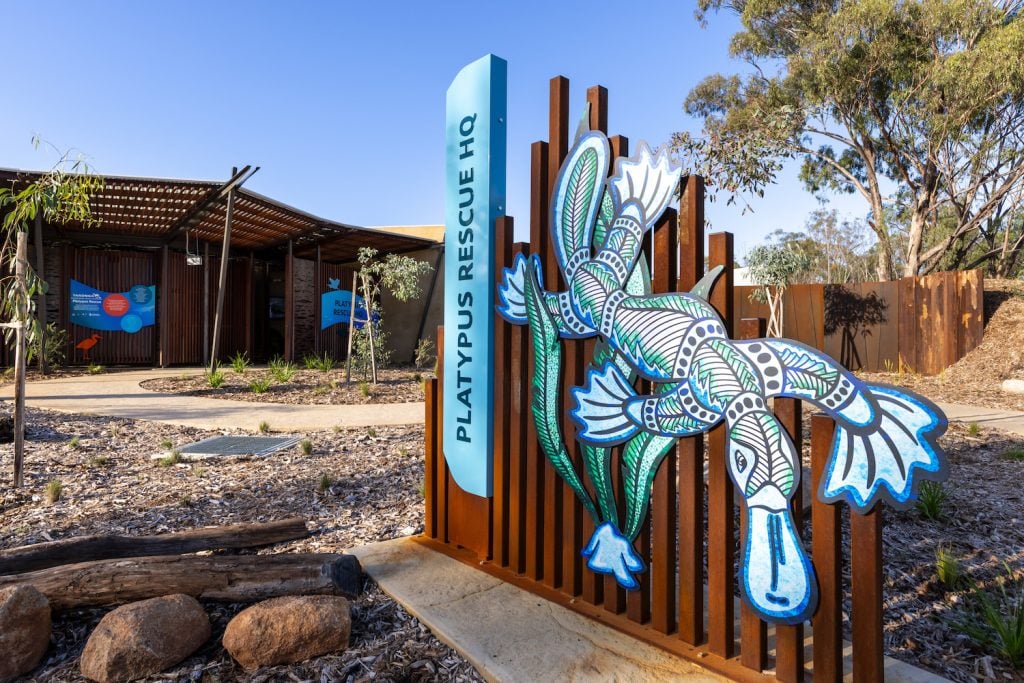
What we know so far is that, in the wild, they mate June through November. Males swim up and down the river looking for ladies while fighting each other with their venomous heel spurs. (It’s a macho thing, like bucks with their antlers.) The females pull out all the stops to avoid them, sometimes even pretending they aren’t nocturnal by switching to daytime life. Then, at some point (researchers still aren’t sure exactly when), the female becomes cool with the guys. When things heat up, the male will bite onto the female’s tail, and, if she’s down, she’ll latch onto his. After that, it gets kind of meta: They swim in a circle while locked in a circle.
“And then?” I ask.
“Copulation,” Sleeper says.
He can’t describe it in detail—something about genital alignment—but I need more. I feel like a perv, but I have a job to do. “Any interesting things, like ducks with their corkscrew penises?” I prompt. I’m also thinking about hyenas’ curious habit of giving birth through their clitorises.
“What they do is not consistent with what I’ve seen with the rest of the species I’ve worked with,” he replies.
In other words, platypuses are freaky. After the unique coupling, the female goes solo again. She builds a nest, lays her eggs, and incubates them for 10 days before they hatch. At that point, she lactates—but she doesn’t have any nipples, which means milk just kind of oozes through glands onto her abdomen, where the babies lap it up like she’s their own little food dish.
PARTNER CONTENT
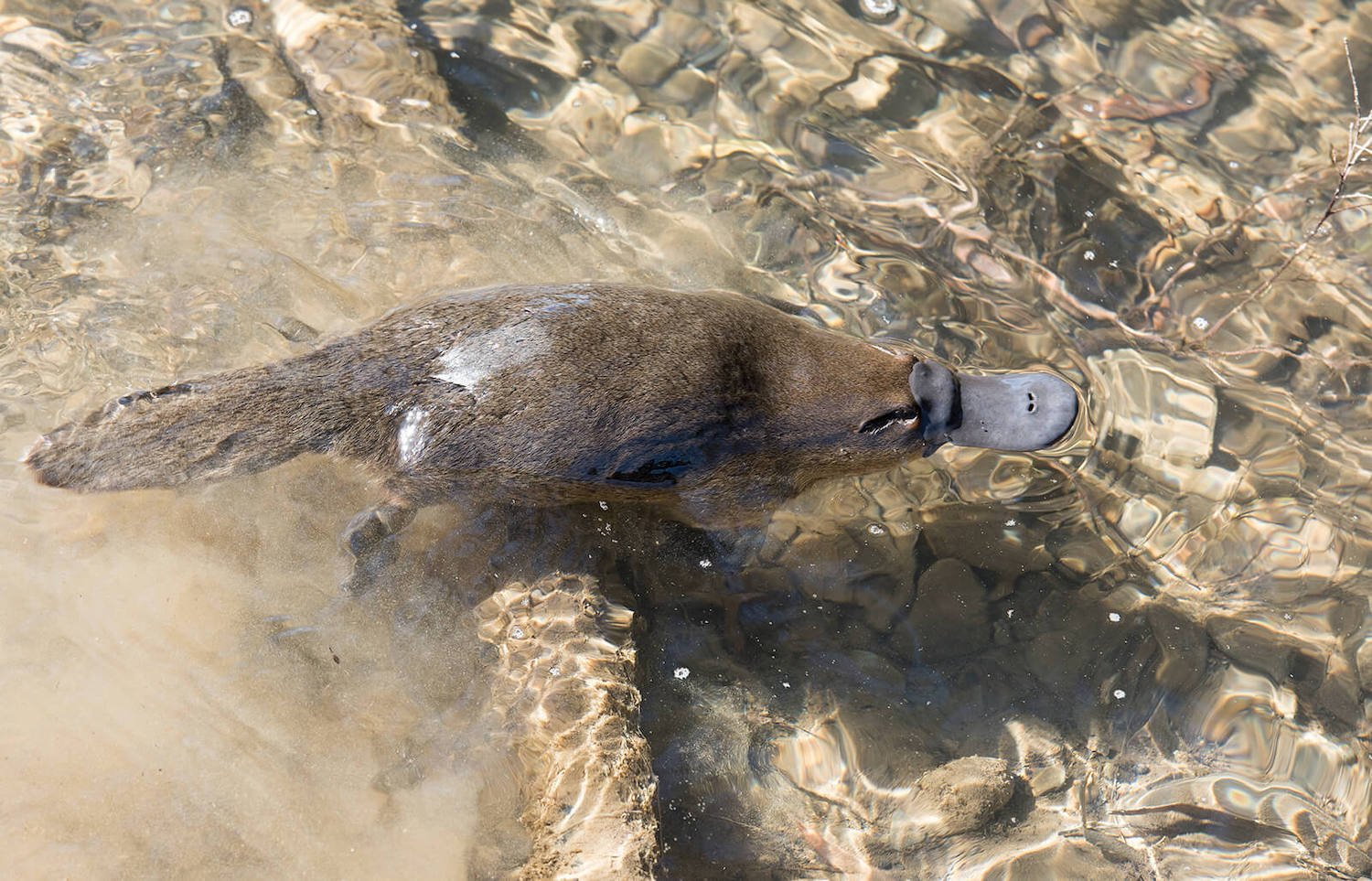
We still don’t know why they aren’t doing this successfully in zoos, but Sleeper and his colleagues are determined to find out. Though our pair is likely infertile (Eve is 20, the platypus equivalent of a senior citizen), they still go through all the romantic stuff—the chasing, the avoiding, the tail biting. Eve even builds nests. Sleeper takes temperatures and collects hormone levels and sends all of his observations to Australia’s HQ, where two young pairs have recently moved in and 65 burrows are readied to extract and house platypuses during climate catastrophes.
The program, which just launched earlier this year, has lofty aims: They eventually want to reestablish and augment existing wild populations and understand the threshold temperatures they can withstand. But for now, it’s all about collecting small data points. Sleeper is about to go off in his chest-high waders to count crayfish heads (the best way to determine how much the platypuses are eating) and collect fecal samples to test those little cute weirdos’ hormone levels. “It’s going to illuminate a lot of questions,” he says.




